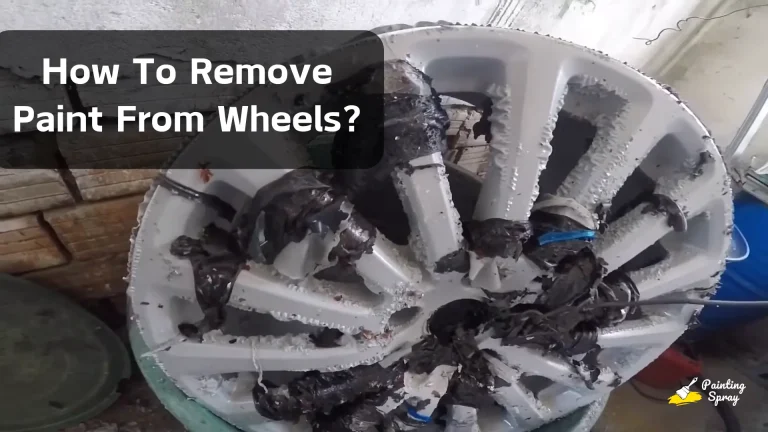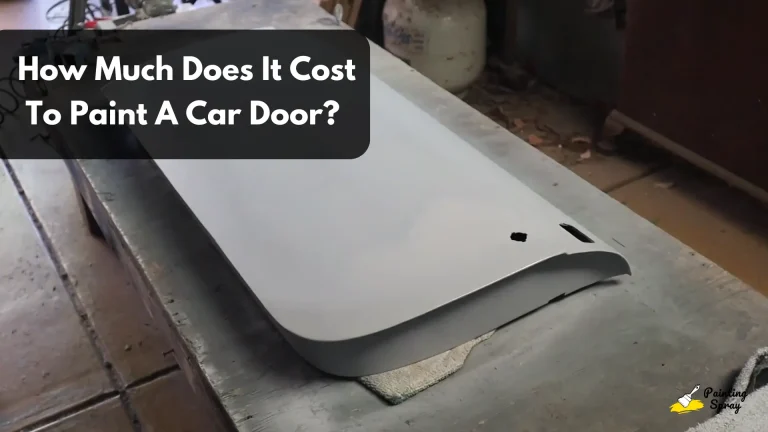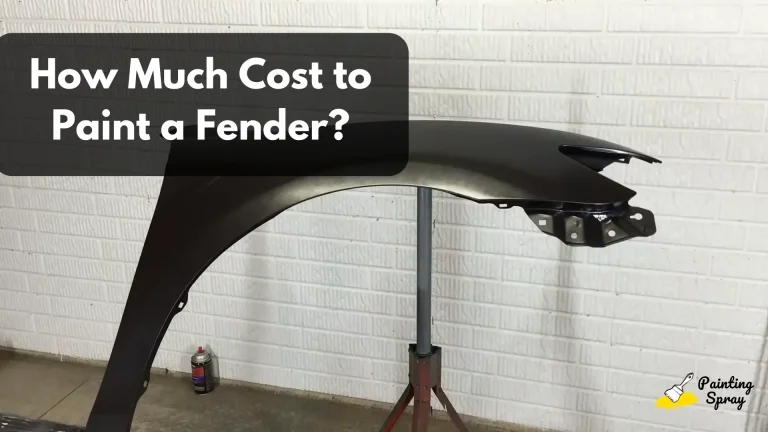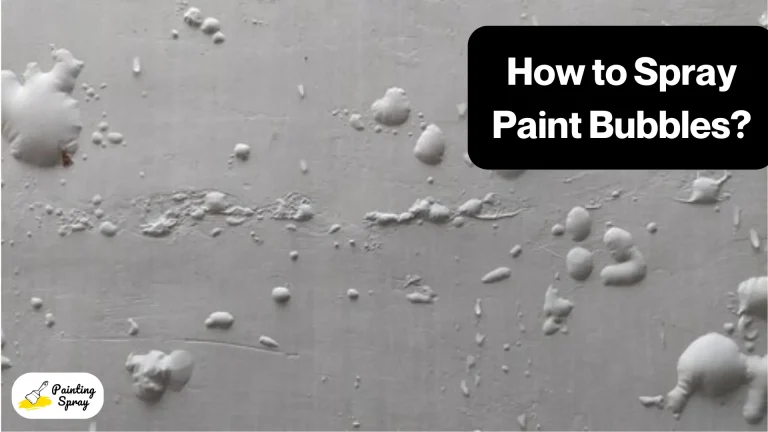How Much Cost to Paint Ceiling? Understanding Estimates and Factors Involved

Painting your ceiling can breathe new life into a room. You might wonder about the costs involved. The average cost to paint a ceiling is about $250, but prices can vary based on factors like room size and ceiling height.
When you consider ceiling painting, note that costs generally range from $150 to $550 for most projects. For a typical 12-by-12-foot room, you can expect to spend anywhere from $1 to $2 per square foot. It’s important to factor in both materials and labor, as the latter can make up a significant portion of your total expense.
If your ceiling has unique features, such as a vaulted design or textured surfaces, this may also impact the final cost. Knowing the details can help you plan your budget better and achieve a fresh, updated look for your space.
Understanding Ceiling Painting Costs
When considering painting your ceiling, it’s important to know the various factors that affect costs. This includes the size of the ceiling, its condition, and other elements like the type of paint used. Understanding these will help you budget correctly for your project.
Factors Influencing Painting Costs
Several key factors affect the cost of painting a ceiling. These include:
- Ceiling Size: Larger ceilings require more paint and more labor.
- Ceiling Height: Higher ceilings may need special equipment like scaffolding, increasing labor costs.
- Ceiling Type: Textured or popcorn ceilings often require more prep work and special tools, adding to the cost.
- Ceiling Condition: If your ceiling has water damage or previous paint issues, repairs may be needed, driving costs up.
Also, painting costs can vary based on the local market rates and the contractor you choose.
Average Cost Metrics
The average cost to paint a ceiling ranges from $1 to $5 per square foot. For a typical 12×12 room, expect to pay between $150 and $550. The average project cost usually comes in around $250.
Labor can account for 70% to 85% of the total cost. This means you might pay $100 to $400 for just labor, depending on the complexity and size of the job. Higher-quality paint could also elevate costs, especially if you’re choosing options like paint and primer in one.
Calculating Your Project Cost
To get an accurate estimate for your ceiling painting project, first, measure your ceiling size in square feet. Then, consider
Preparation and Painting Process
Before starting a ceiling painting project, you need to focus on essential prep work and proper painting techniques. These steps ensure a smooth finish and can affect the overall look of your ceiling.
Essential Prep Work
Preparing your ceiling is key for a successful painting job. First, clear the room of furniture or cover it with drop cloths. Remove or protect any electrical components and light fixtures.
Next, check the ceiling texture. If you have a textured ceiling, you may need to be careful with your technique. For smooth ceilings, sanding any rough patches can help create a flat finish.
Use painter’s tape to protect trim, crown molding, and edges where walls meet the ceiling. If there are stains or discoloration, use a primer before painting. This will help the new paint adhere better and create a more even color.
Painting Techniques and Coats
When painting, start with a primer if needed. For most ceilings, using a flat finish paint will hide imperfections better. Use high-quality rollers for even application.
Start from one corner and work your way across. For vaulted ceilings or high areas, a paint sprayer can save time. Applying two coats of paint is usually best for even coverage, especially in lighter colors.
Be sure to let the first coat dry fully before adding the second coat. Focus on consistent strokes to avoid drips and uneven spots. After painting, carefully remove the painter’s tape while the paint is still slightly wet to prevent peeling.
Ceiling Types and Their Impact on Cost
The type of ceiling you have plays a crucial role in determining painting costs. Different configurations not only influence labor time but also the amount of paint needed.
Common Ceiling Configurations
Flat ceilings are often the most straightforward to paint, with costs typically ranging from $1 to $2.50 per square foot. Their smooth surface allows for quick and easy application.
Textured ceilings, such as popcorn or acoustic types, can increase costs due to the complexity of the work involved. For example, painting a popcorn ceiling can cost more because you may also need to remove the texture first. Removal can add about $1 to $3 per square foot.
Vaulted and cathedral ceilings can also raise costs significantly. The height and angles make painting more challenging. For these types, expect to pay more for labor compared to flat ceilings.
Special Considerations
Certain areas require more attention. For instance, painting a bathroom ceiling often involves moisture-resistant paint. This can increase the ceiling paint cost due to the higher-quality materials required.
In kitchens, you might face additional expenses for grease and stain removal. Living rooms and garages may not require special paint, but the size of the area should be considered.
Additionally, a drop ceiling could involve extra work if the tiles or grid need maintenance or replacement. Painting exposed basement ceilings can also differ in cost based on accessibility and the amount of prep work required.
By understanding these factors, you can better estimate your painting project costs.
Finishing Touches and Additional Expenses
When painting a ceiling, it’s important to consider not just the paint but also the finish and any extra costs that might arise. These elements can significantly affect the overall look and budget of your project.
Choosing the Right Paint Finish
Selecting the right paint finish for your ceiling affects both appearance and durability. You typically have options like flat, eggshell, or satin finishes.
- Flat Paint: Most commonly used for ceilings. It hides imperfections well and minimizes glare but is less washable.
- Eggshell and Satin: These provide a slight sheen and are easier to clean. They can be used if you expect exposure to humidity.
Different finishes come with varying costs. Flat ceiling paint generally costs less per gallon compared to satin. It’s important to evaluate your needs before deciding, as some finishes may require a higher upfront investment but offer longevity and better performance.
Extra Costs to Consider
Beyond paint, several additional expenses can arise. Consider these factors when budgeting:
- Paint Color: Tinted or custom colors might add to your costs. More unique shades often require extra time and materials.
- Supplies: Don’t forget about ladders, rollers, and brushes. These supplies can range from $10 to $100 depending on quality.
- Labor Costs: If hiring professionals, labor can add significantly to your budget.
Warranties on paint might provide peace of mind. Some brands offer guarantees on their products that can cover issues like fading or peeling. Always include potential extra costs in your budget for a smooth ceiling painting experience.






